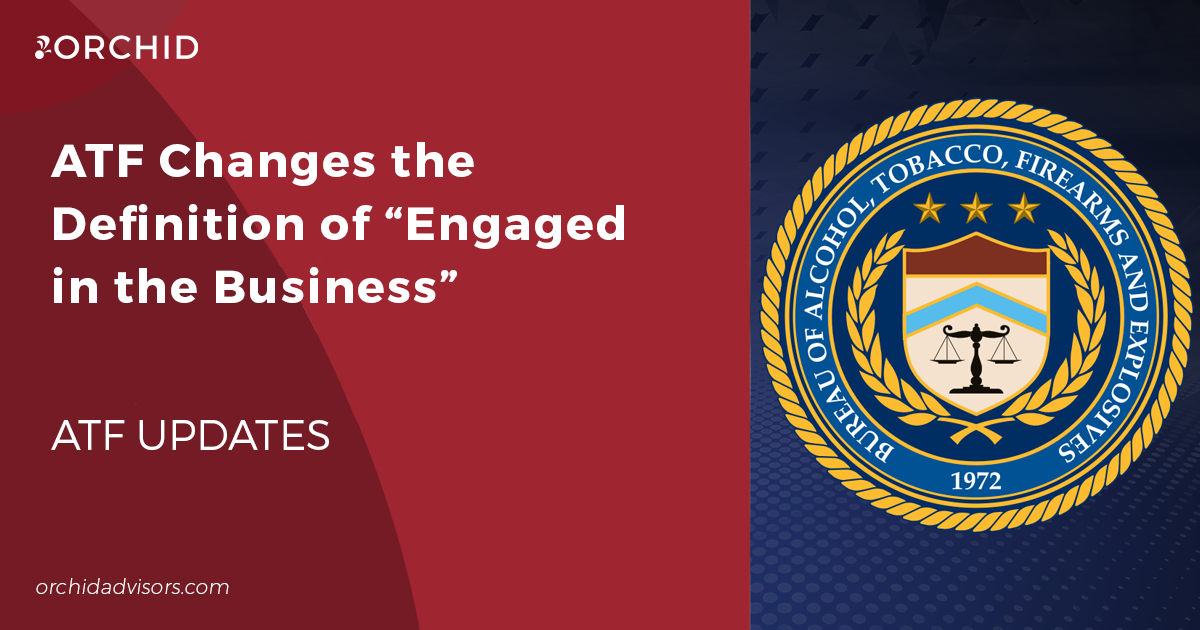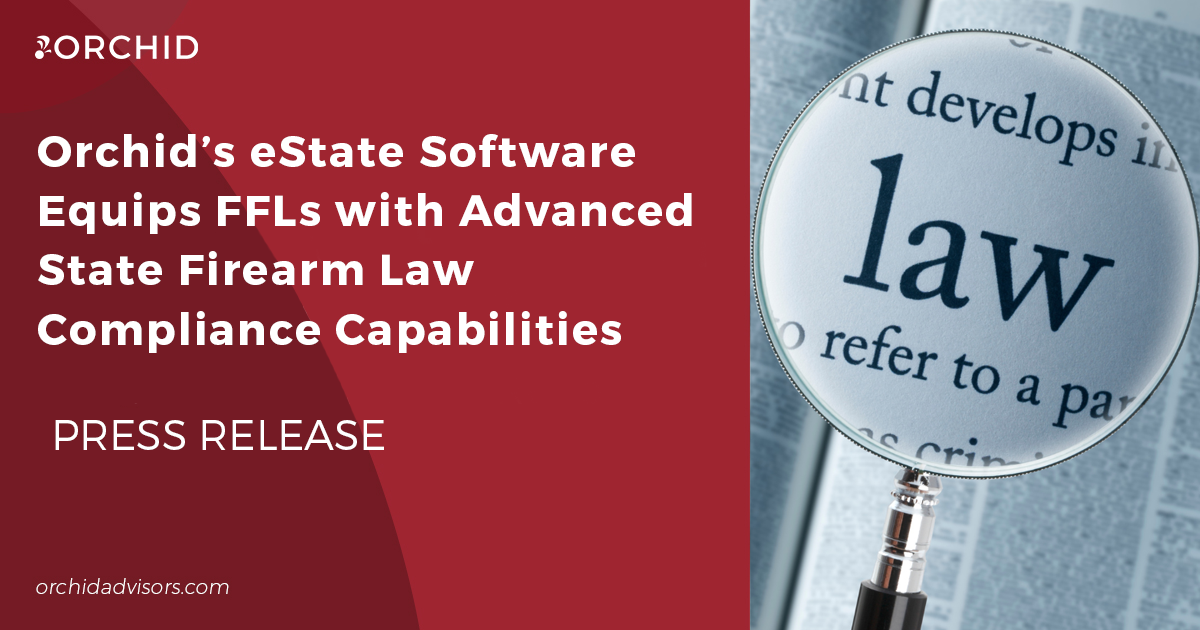 Download
Navigating Tricky Waters
Why can’t the law be more like mechanical device, such as a car or a gun? You know, simply made of tangible, interlocking parts that can easily be taken apart and put back to gather again?
Download
Navigating Tricky Waters
Why can’t the law be more like mechanical device, such as a car or a gun? You know, simply made of tangible, interlocking parts that can easily be taken apart and put back to gather again?Well, we thought we’d take a moment to introduce some basic legalese to better ground your next discussion with State and Federal Regulators or even with your own legal counsel. You might be surprised to find that there is some logic to how the law is structured.
Let’s use the topic of “imported firearms” to serve as the guinea pig for our story.
There is a hierarchy to most things legal. Even when statutes are written in a numerical sequence, like section 265.00, section 265.00(1), and so forth, the importance of one section relative to another may not be sequential. The trick is to let go of the counting and to build the statutes and regulations around a ranking of importance to achieve legislative goals.
Convert what we’re saying to industry speak: if you were going to assemble a rifle, would you start with the stock and move forward? Or, would you start with the core “piece” of the rifle (i.e., the receiver) which underscores the overall objective and move logically from there?
There are three major federal statutes that underpin this industry, namely, the Gun Control Act (1968), the National Firearms Act (1934), and the Arms Export Control Act (1976). The GCA contains broad import provisions. The NFA contains import provisions relevant to machineguns and other NFA firearms and explosives. And the AECA, though titled for “exports,” includes import restrictions relevant to “defense articles” and “defense services.”
Each statute contains exceptions to what might appear to be a full ban on imports of automatic, military firearms. The technique for analyzing the question is to take the broad statutory principles, and identify the exceptions. Let’s just bullet list the exceptions in sequential order and then use the technique of creating the hierarchy.
Exceptions to a potential import restriction include (generally speaking, this is not guidance):
- import for scientific or research purposes (GCA);
- import of an unserviceable firearm, other than a machine gun, not readily restorable to firing condition, imported as a curio or museum piece (GCA);
- import not prohibited under the NFA and generally recognized as particularly suitable for or readily adaptable to sporting purposes, excluding surplus military firearms (GCA);
- the import of a firearm that was previously taken out of the U.S. that would now be returning to the U.S. (GCA);
- the conditional importation for examination and testing of a firearm to make a determination whether the importation will be permitted (GCA);
- import for use by the U.S., a State, or political subdivision (NFA);
- import for scientific or research purposes (NFA); and/or
- conditional import for testing or use as a model by qualified manufacturers or for use as a sample by importers and dealers (NFA).
Conversely, those not requiring an exemption are “curio” or “relic” rifles and shotguns, as well as those handguns for sporting purposes, as limited to licensed collectors.
What to do with this list?
Step #1 is to create a hierarchy among the statutes to understand which of these pieces is more important than the others. The AECA is a formidable wall against such items as would contribute to an international arms race, development of weapons of mass destruction, and the like. Check the State Department website for current prohibitions on the U.S. Munitions List. NFA restrictions around specific firearms and explosive devices are next. In this instance, GCA would be last, both due to the executive power conferred by the AECA and due to the specificity on machineguns in the NFA.
Step #2 is to arrange the exceptions along a spectrum from prohibited to passable. Here, the range is from the undetectable handgun to the curio or relic that is unserviceable and not a machinegun.
Completing just these two steps gives you a working spreadsheet for consideration of your inquiry. The restrictions on import vary in degree depending on intended purpose. For example, conditional importation via ATF evaluation could be evaluated differently than a direct import that is planned (but not communicated) for test purposes only. You get the drift?
Step #3 is to get assistance from from your regulatory authorities. While steps #1 and #2 help you understand the context of your transaction and the rules that may govern it, not every firearm law or regulation is clear cut. Don’t take compliance to chance and make sure that you consult with the ATF or your State authorities where necessary.
Step #4 is to get assistance from a legal or compliance expert to validate your understanding from these various inputs.
Maybe it’s not as simple as inserting “Tab A” into “Slot B,” but at least you now have a little more context. A methodology if you will, to knowing what is going on in the regulatory decision making process.
As always, we don’t suggest that you attempt to navigate these waters by swimming on your own. Read the rules, speak to your regulatory agencies, and seek out a compliance expert. After all, who wants to navigate through rough waters without a sturdy paddle.[/fusion_builder_column][/fusion_builder_row][/fusion_builder_container]






0 Comments